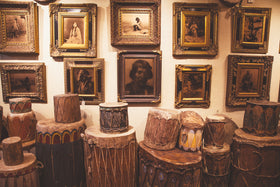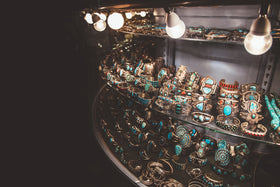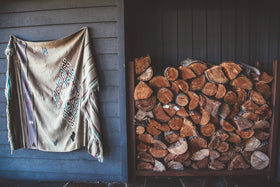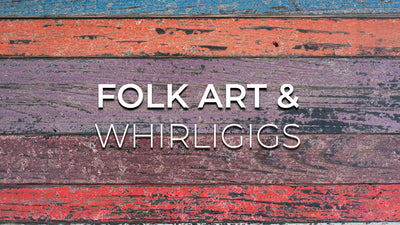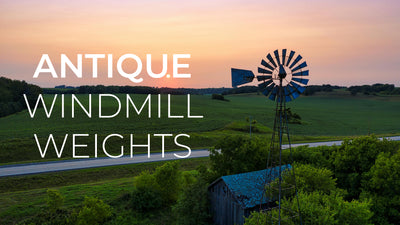History of Bits & Spurs


Bits
The need to control horses in warfare has driven extensive innovation in the design of bits and spurs, producing a variety of styles over the centuries. As early as 3000 BC, bits were made of rope, bone, horn or hard wood. Metal bits came into use around 1200 BC and were made of bronze. Nickel was used in the 19th and early 20th centuries up until 1940, when stainless steel became the most used metal. Copper and sweet iron (cold steel) are sometimes incorporated to encourage salivation in the horse’s mouth, causing a softer mouth and more relaxed jaw and consequently making the horse easier to direct.

Spurs
The first spurs had just a single, sharp protrusion. Bronze spurs of this type have been discovered in Etruscan tombs circa 2000 BC, and the Mongol hordes of Genghis Khan used similar spurs around the year 1200. The revolving rowel used in modern western spurs most likely originated in France. A roweled spur was shown on the seal of Henry III of England in the 13th century and became widely popular in the 14th century. During the Renaissance, spurs became an emblem of rank. Gold spurs were worn only by knights or royalty, squires’ were silver and pages wore spurs made of tin. Spanish conquistadors are often credited with introducing spurs to the Americas. In the mid-1900s, they were then brought to the western states by Mexican vaqueros.
View our collection of old west horse gear here.


